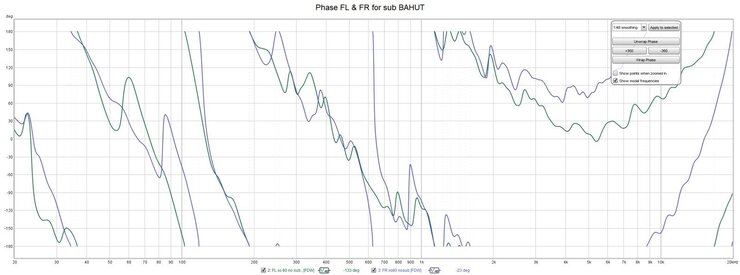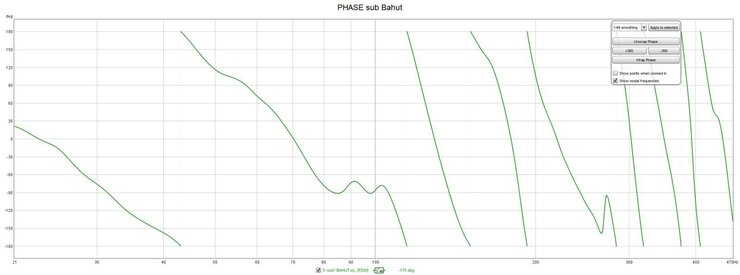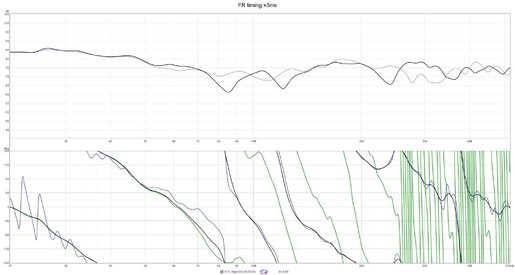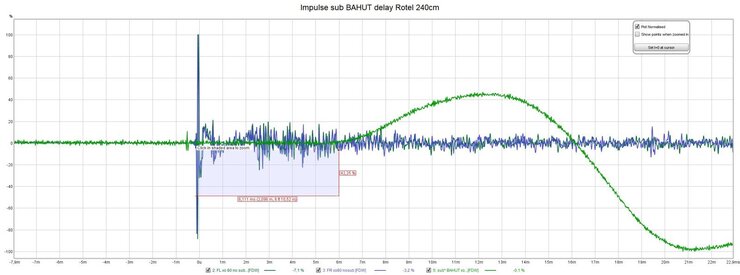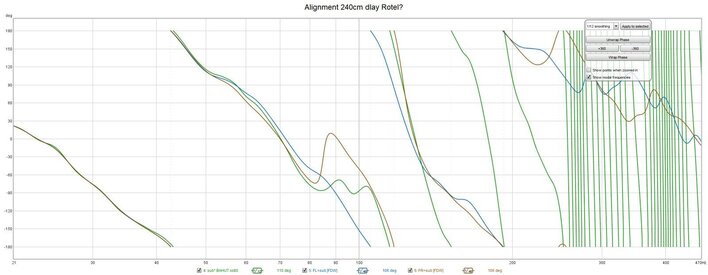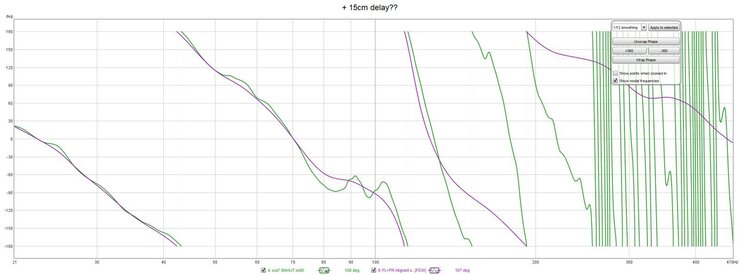FargateOne
Member
Thread Starter
- Joined
- Jun 5, 2017
- Posts
- 239
More
- Preamp, Processor or Receiver
- Rotel RSX-1562
- Additional Amp
- Bryston 3B3 for fronts mains
- Universal / Blu-ray / CD Player
- Cambridge CXU
- Front Speakers
- B&W 804 D2
- Center Channel Speaker
- B&W HTM4D2
- Surround Speakers
- B&W 705
- Subwoofers
- SVS PC-2000 and SVS PC-2000 Pro
- Other Speakers
- 10 PEQ filters/channel in receiver with REW
- Video Display Device
- Samsung UN55ES8000
- Other Equipment
- miniDSP 2x4 HD
I found an error in the SPL chart above. I accidentally summed the FR and FL instead of averaging them. That made the SPL support look a little better than it actually was. Below is the correct SPL chart. This has no impact on the timing adjustment, or the other 3 charts.
Yé! I wasn't sure about this chart but would never questioned it! Thanks!.
Here the same mdat but with the 2 missing measurements (I added also center channel positive polarity just in case) for the 100Hz xo measures.








 position of my sub!
position of my sub!